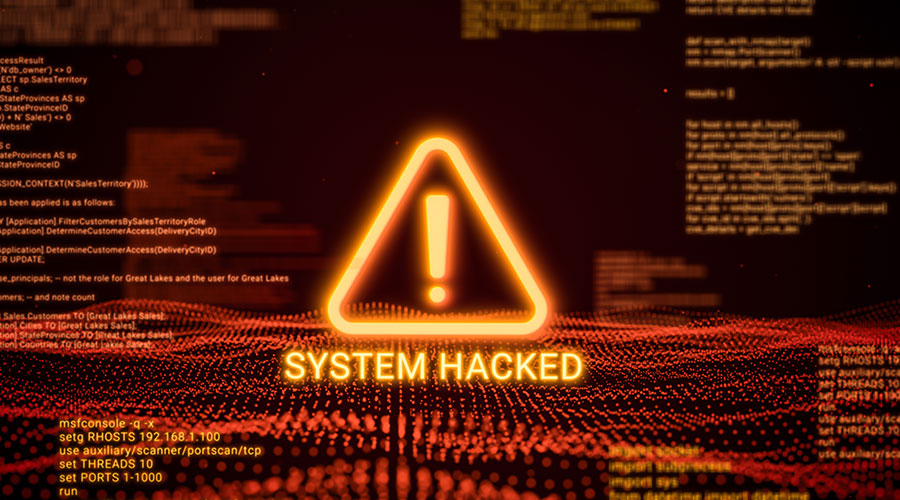Computerized maintenance management systems (CMMS) offer an array of potential benefits for facilities management departments in healthcare facilities. The benefits range from improved technician productivity and streamlined inventory management to lower operating costs.
Unfortunately, many managers struggle to maximize their organizations’ investment in the application for a variety of reasons, often leaving them with a dilemma: upgrade the existing CMMS or start over with new software?
The upgrade option
The most difficult issue for many managers considering a CMMS upgrade is understanding the many features and functions of a CMMS as a way of ensuring front-line technicians, supervisors and administrators use them efficiently. George Mills, healthcare technical operations director with JLL, says most CMMS have so many features that managers sometimes are unfamiliar with them, so stick with tried-and-true functions instead.
“The folks that have them probably have them to print out their monthly and weekly PMs, their preventive maintenance cards and someplace for their work orders, and that's all they use it for,” Mills says. “That's all they use it for. When they ask, ‘Do I need to upgrade?’ my first question is, ‘If you're operating pretty well with what you’ve got, does it make sense to go the next step and upgrade?’”
In the data-driven environment of today’s healthcare facilities, Mills advises managers to look closely at the ability of the CMMS to provide the data needed to build support for their activities.
“The C-suite seems to be more data driven and more savvy toward technology and expectations of dashboards,” Mills says. “Does your existing CMMS program give you the tools you need to be successful in front of your boss? In other words, the C suite uses dashboards for everything from patient turnaround to infection control rates. If we in facilities can't do an equivalent level of detail, then we're failing our C suite.”
If the decision is to upgrade – and the current CMMS is not at the end of its life – managers need to assess if they are willing to put the department through the process.
“The question is, What's the pain going to be?” Mills says. “Is it going to be an easy upgrade that's ready to go overnight, or is it going to be substantially more than that?”
Managers also need to understand the likely implications of the upgrade on the training needs of technicians using the CMMS daily.
“What’s the technology change going to be for retraining staff?” Mills asks. “If I upgraded, does it change how the users at the nursing station put in for a corrective work order? Do I have to retrain them, as well? Again, is all that worth the pain, especially with an existing system that probably isn’t that robust? You have to get all that figured out.”
On the upside of the equation, a CMMS upgrade allows managers to revisit and, ideally, streamline their department’s inventory.
"Many times, we have an initial database, and then at some point in time, we upgrade with the new CMMS, and we just convert or transfer that existing inventory into the new program,” he says. “We add stuff and nobody's maintaining it, and we get rid of stuff. Then we upgrade again, and we take that same old database and import it again. How many times can we do that before it's junk?”
The upgrade provides the opportunity to make sure the department’s inventory is accurate and provides technicians with up-to-date information.
“I’ve seen times where because the inventory has not been kept up,” Mills says. “It's showing 10,000 pieces of equipment when in fact there are only 8,000. You want to have accurate numbers for figuring out your staff resources. An accurate inventory is very important. From a regulatory point of view, that's one thing I pushed with the Joint Commision was making sure organizations had a reasonably accurate inventory so when we looked at PM completion rates, we had confidence that the patient care environment was being maintained properly.”
Above all, Mills advises managers to take a realistic view of what an upgrade can and cannot deliver.
“Are you expecting more in the upgrade than is going to be delivered?” he asks. “We often think that by upgrading, things are going to magically get better. But you still have to enter the data. You still have to do the work. Again, if I've got an existing program and it's hard to use, an upgrade is not going to make that better.”
A new frontier
In some cases, starting over with a new CMMS is the most appropriate approach, but managers need to understand the challenges involved with that undertaking.
“Is it worth it to go to a whole new system?” Mills asks. “I've got to believe that most often, it is worth the effort.”
The first step in the CMMS replacement process is understanding the needs of the department and the organization.
“The first thing I would do in looking at what I want to use for a new program is, ‘What's it going to do for me?’” Mills says. “What am I going to get out of this new enhanced management tool? Is it going to give me the dashboard that I'm happy to give to the C suite that can make them happier with the information we're getting? Can it give me a better chance to evaluate my energy consumption and make smart decisions based on sustainability? Is it going to give me that higher level of compliance?”
As with a CMMS upgrade, managers need to be aware of the training considerations that come with the new software.
"Learning new programs is always hard,” Mills says. “For some of the seasoned mechanics we have, change is difficult. If we're going from a printed hardcopy work order to something that requires a handheld device, some of our staff have difficulty knowing how to operate it and flex with that.”
On the upside, a new CMMS is an opportunity to take a new look at the condition of equipment that is the foundation of the department’s activities and CMMS use.
"When you're doing the inventory work, are you also assessing the reliability of your equipment against what you're seeing?” he asks. “It's a good chance to be able to take a fresh look at everything, which I think is really an advantage of going with a new program. You get a chance to reevaluate your equipment, re-inventory equipment, make a plan for the future replacement of your equipment.
Whether the decision is to upgrade or replace a CMMS, the critical question managers need to ask themselves relates to how much effort they are willing to put into maximizing the investment.
“They need to be honest with themselves as far as how much they use the CMMS program,” he says. “Some managers live and breathe by their CMMS. Every day, they check the work order completion rates and what to do and what's coming.
“Other managers just look at it at the end of the month because they’ve got to find out where they're at because somebody's asking. They really need to ask themselves, how robust is it, and how much will I use this thing and go forward accordingly.”
Dan Hounsell is senior editor for the facilities market. He has more than 30 years of experience writing about facilities maintenance, engineering and management.

 UF Health Hospitals Rely on Green Globes to Realize Their Full Potential
UF Health Hospitals Rely on Green Globes to Realize Their Full Potential How Healthcare Facilities Can Be Truly Disaster-Resilient
How Healthcare Facilities Can Be Truly Disaster-Resilient TriasMD Breaks Ground on DISC Surgery Center for San Fernando Valley
TriasMD Breaks Ground on DISC Surgery Center for San Fernando Valley Bigfork Valley Hospital Falls Victim to Data Breach
Bigfork Valley Hospital Falls Victim to Data Breach AI-Driven Facilities: Strategic Planning and Cost Management
AI-Driven Facilities: Strategic Planning and Cost Management